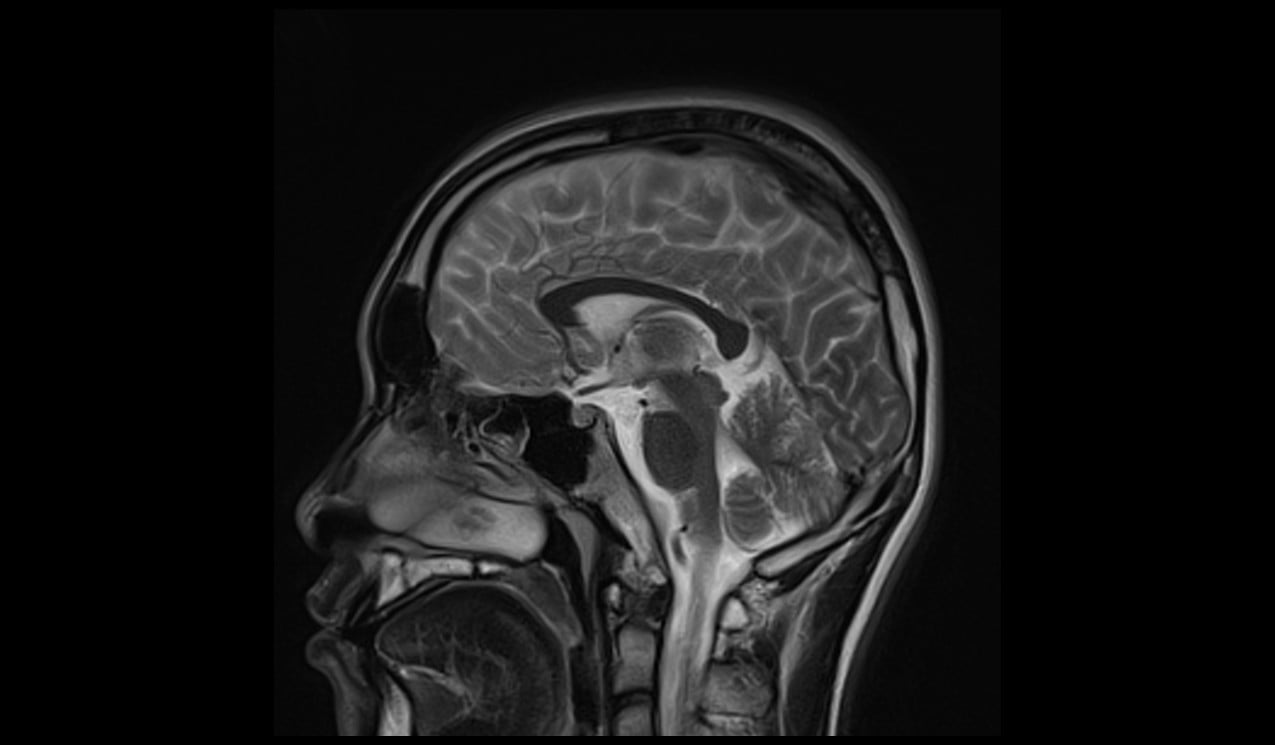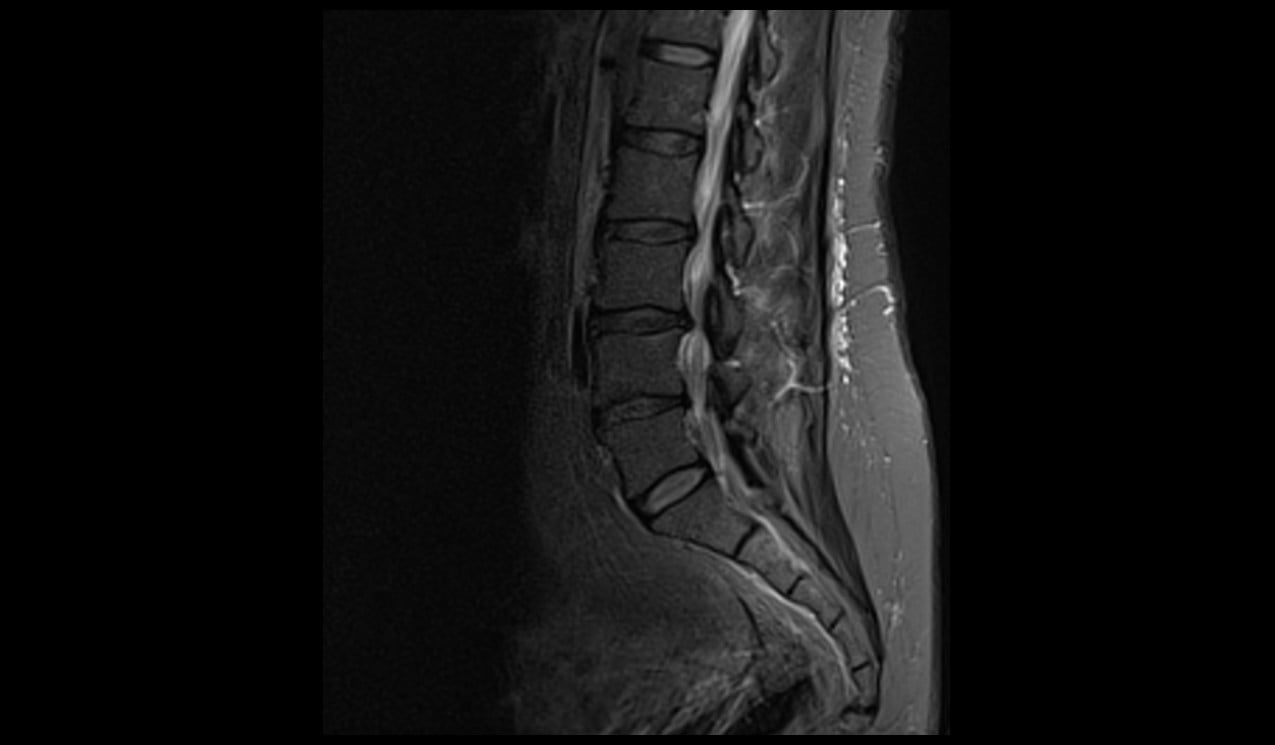BLADE / PROPELLER MRI
Introduction
“BLADE” and “PROPELLER” are terms used in MRI (Magnetic Resonance Imaging) to describe advanced imaging techniques that aim to reduce motion artifacts in images caused by patient movement during the scan. These techniques are particularly useful in situations where patients have difficulty remaining still, such as pediatric or critically ill patients.
BLADE
BLADE is a Siemens MRI sequence that uses a radial k-space sampling technique designed to reduce motion artifacts and improve image quality. Instead of acquiring data line-by-line, BLADE collects it in rotating rectangular strips—or “blades”—that overlap at the center of k-space, which is sampled repeatedly to enhance signal averaging and artifact suppression. This method is commonly applied to turbo spin echo (TSE) sequences, including T2-weighted, T1-weighted, and FLAIR imaging. BLADE is particularly effective in minimizing motion-related artifacts from patient movement, respiration, or swallowing, making it highly valuable in applications such as brain, spine, head and neck, and pediatric imaging. Although it may increase scan time due to oversampling, BLADE significantly enhances image sharpness and allows for retrospective motion correction during reconstruction.
Sagittal blade imaging of the brain.

Sagittal blade imaging of the spine.

PROPELLER (Periodically Rotated Overlapping Parallel Lines with Enhanced Reconstruction)
PROPELLER (Periodically Rotated Overlapping Parallel Lines with Enhanced Reconstruction) is an MRI acquisition technique designed to reduce motion artifacts by sampling k-space in a radial, segmented manner. It collects data in rectangular strips, or “blades,” that rotate around the center of k-space, with each blade containing multiple parallel lines. These blades overlap at the center, resulting in redundant sampling of low-frequency data, which is critical for image contrast and motion correction. This overlapping and rotating acquisition enables robust retrospective correction for in-plane motion during image reconstruction, leading to sharper images with fewer artifacts, particularly useful in patients who have difficulty remaining still.
References
- Pipe, J. G., & Menon, P. (1999). Sampling k-space and the occurrence of motion artifacts in MR imaging. Magnetic Resonance in Medicine, 42(5), 813-822. DOI: 10.1002/(SICI)1522-2594(199911)42:5<813::AID-MRM7>3.0.CO;2-S
- Pipe, J. G. (1999). Motion correction with PROPELLER MRI: application to head motion and free-breathing cardiac imaging. Magnetic Resonance in Medicine, 42(5), 963-969. DOI: 10.1002/(SICI)1522-2594(199911)42:5<963::AID-MRM10>3.0.CO;2-F
- Li, H., & Johnson, G. A. (2006). Improved PROPELLER MRI. Magnetic Resonance in Medicine, 55(3), 560-569. DOI: 10.1002/mrm.20796


